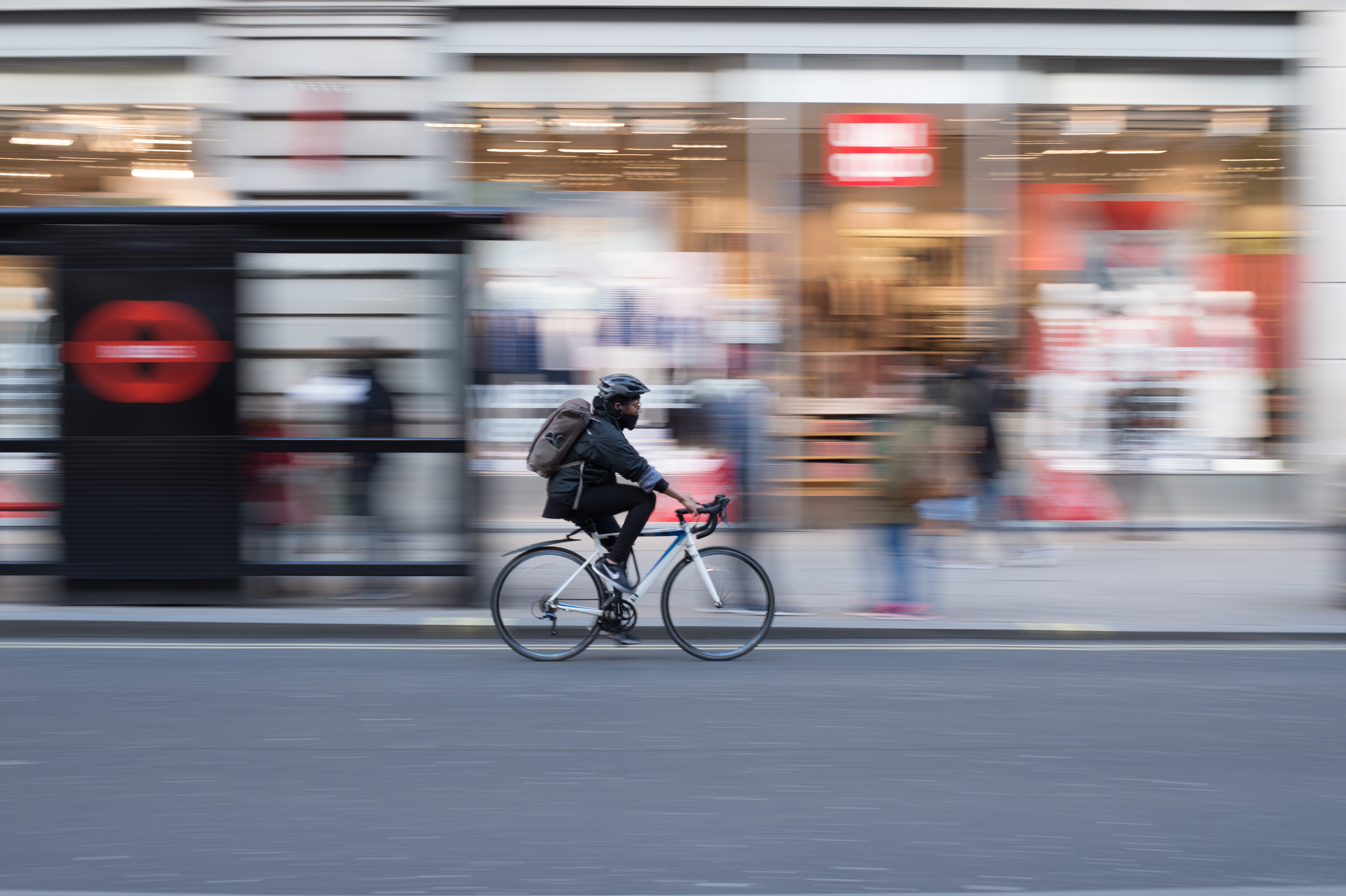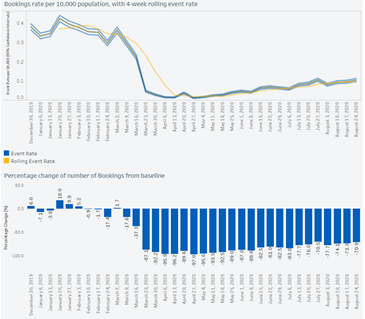Covid-19 and its effects on mobility

Covid-19’s impact on mobility ranges from having ramifications upon the mobility sector itself, to permanently altering the mobility mix and consumer behaviour in large cities via physical distancing requirements. This also encompasses the effect on exercise, and both physical and mental wellbeing. As we carry on in this new reality and age of immobility, we notice that mobility in all its forms is being limited, and will most likely continue to be constrained to some degree for the foreseeable future. However, despite these challenges and changes, Covid-19 is forecast to increase innovation in product and service delivery from UK companies. One such service is remote monitoring of patients by clinicians through interoperable systems.
The need for remote monitoring
It is no secret that Covid-19 has reduced the NHS’ capacity, the full impact of which is now emerging; there has been a critical decrease in urgent cancer referrals (approximately 280,000 fewer referrals), cancer treatments, outpatient appointments, and 1.32-1.5 million fewer elective procedures. Millions of patients have missed vital opportunities to receive initial assessment and diagnoses for health problems in the first instance, and a backlog has developed. Patient safety is being compromised not just by the virus itself but by the causal effects of an unprecedented disruption to NHS services.
The increasing evidence that Covid-19 patients can suffer long lasting symptoms, irrespective of the severity of the initial infection, requires detailed study and the need for remote monitoring. People are suffering from chronic fatigue, concentration difficulties, anosmia, muscle weakness, and other symptoms that may not otherwise be picked up except through remote monitoring as the health service is impacted by reduced capacity. These outcomes will potentially only be exacerbated as the autumn and winter months go on. By remotely tracking symptoms, such as ‘silent hypoxia’ (low oxygen levels in the absence of significant shortness of breath) detected through oximetry, this allows health authorities to effectively and efficiently oversee and analyse the symptoms of at-risk groups whilst also being beneficial for the environment and saving time which would normally be spent commuting. As fewer people are travelling, this presents another reason to support the need for remote monitoring. Normally in-home activities are associated with leisure and working from home, but thinking outside the box means delivering healthcare by being able to track patient health data and updating doctors and clinicians directly without having to leave the house.
Effect on physical activity and wellbeing
Immobility has affected sport and physical activity via social distancing and the closure of physiotherapy centres, gyms and pools, which evidently has a negative impact on health and wellbeing – both physical and mental.
There are concerns therefore that, in the context of the pandemic, lack of access to physiotherapy appointments and regular sporting or exercise routines may result in challenges to the immune system, physical health, mental health, including by leading to the commencement of or exacerbating existing diseases that have their roots in a sedentary lifestyle.
For the aging population in particular, it has been found that in men between the ages of 60 and 96, there is a direct correlation between muscle strength and faster gait speeds with better cognitive performance. This will also therefore be negatively impacted by lack of mobility in societies. It also supports the growing body of evidence that skeletal muscle and cognitive decline have pathological pathways in common, and that skeletal muscle may be a modifiable risk factor for cognitive impairment. It is therefore of crucial importance that this data be monitored remotely in real-time to ensure accurate symptom tracking and analysis.
Rehabilitation
As the pandemic has persisted and has resulted in the long tail of Covid-19, the need to exercise to overcome some of the impacts has been coming to light. Physiotherapists are part of multidisciplinary teams that save lives, and give people their lives back. Covid-19 illness combined with pre-existing gait-related problems yields an additional layer of difficulty and complexity by exacerbating existing problems and making the road to recovery all the longer and more arduous for these patients. The focus on rehabilitation and physiotherapists being in close proximity to their patients is all the more vital to navigate as it could take up to twelve months in some cases for people to return to some form of normal, as the virus is so novel and is still being understood. Since the pandemic broke out and the UK went into lockdown in March, the number of physiotherapy appointments made has decreased significantly (Figure 1) which has posed serious problems, and which could be remedied in great part through the application of remote monitoring.

Conclusion
Companies may pursue opportunities which will refashion their core business operations in order to overcome immobility and the difficulties this presents, such as through the creation of novel technologies and through forming unconventional partnerships.
Planning ahead should be a core strategic implementation going forwards to combat the negative implications of immobility, which identifies trigger points to be actioned. The aim would be to enable rapid decisions to be made to mitigate problems during uncertain conditions, acting with efficiency and resilience. The ‘old normal’ and 2019 are behind us. We must move forward with the times by adapting, being forward-thinking and innovative.
